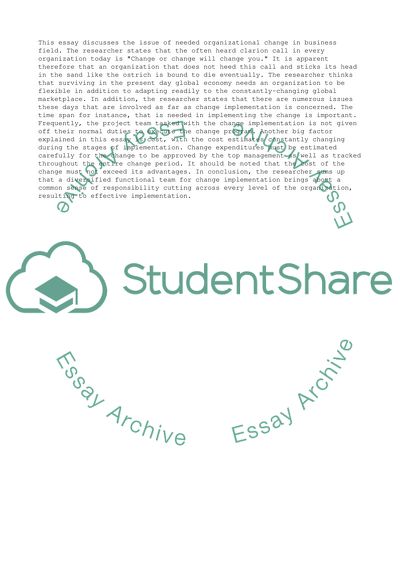Cite this document
(“Organizational Change Essay Example | Topics and Well Written Essays - 1750 words - 1”, n.d.)
Organizational Change Essay Example | Topics and Well Written Essays - 1750 words - 1. Retrieved from https://studentshare.org/business/1702119-organizational-change
Organizational Change Essay Example | Topics and Well Written Essays - 1750 words - 1. Retrieved from https://studentshare.org/business/1702119-organizational-change
(Organizational Change Essay Example | Topics and Well Written Essays - 1750 Words - 1)
Organizational Change Essay Example | Topics and Well Written Essays - 1750 Words - 1. https://studentshare.org/business/1702119-organizational-change.
Organizational Change Essay Example | Topics and Well Written Essays - 1750 Words - 1. https://studentshare.org/business/1702119-organizational-change.
“Organizational Change Essay Example | Topics and Well Written Essays - 1750 Words - 1”, n.d. https://studentshare.org/business/1702119-organizational-change.


